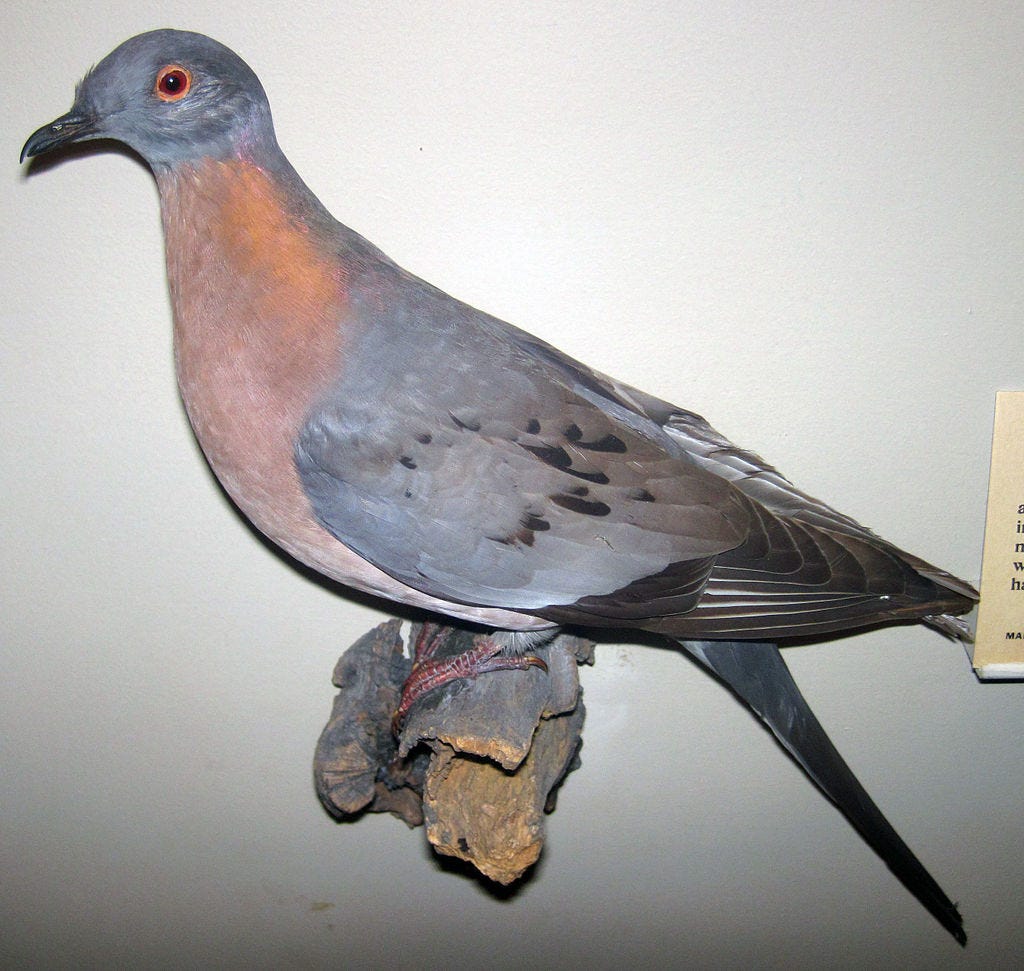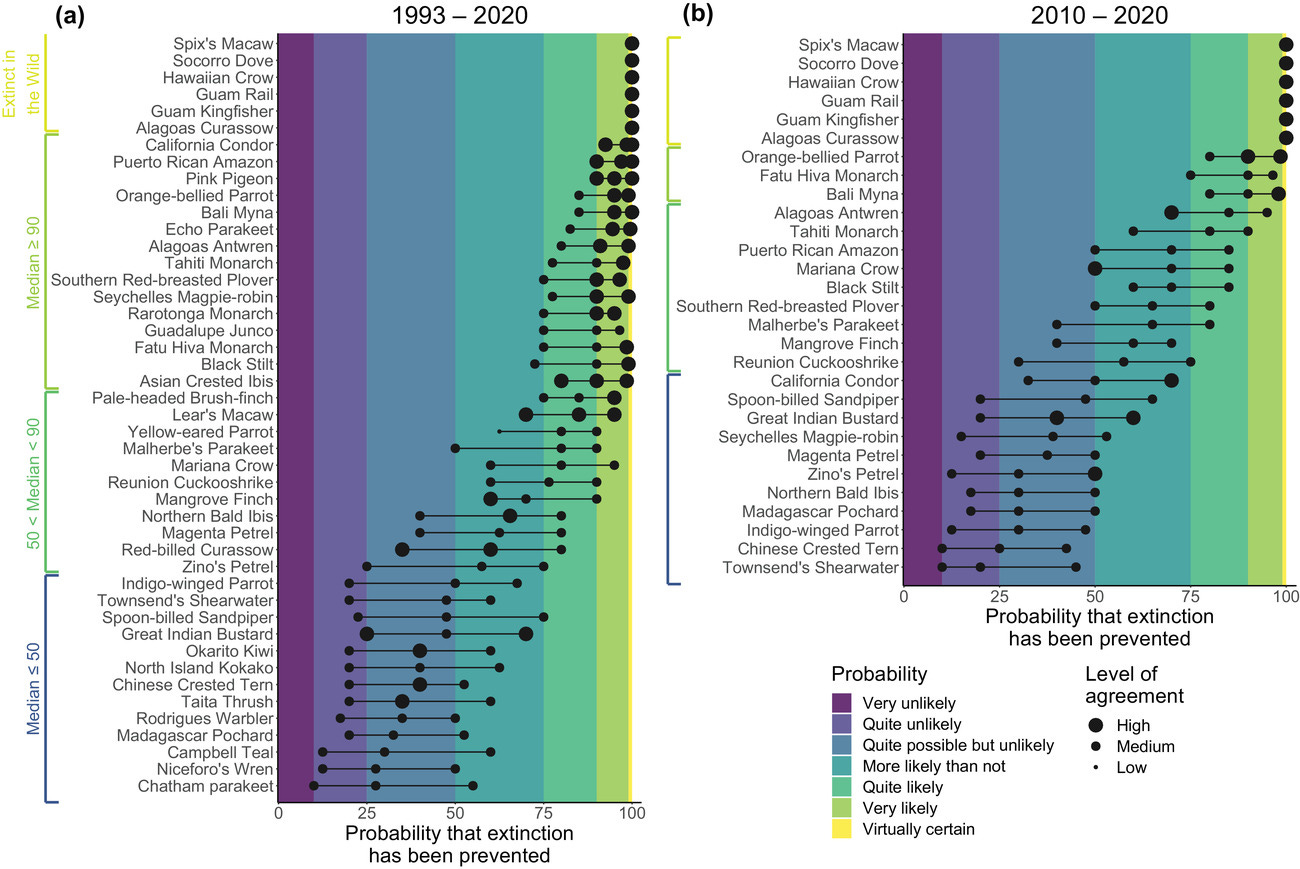
We’re living through the sixth mass extinction in our planet’s 4.6-billion-year history. A mass extinction means that a high percentage of distinct species, bacteria, fungi, plants, mammals, birds, reptiles, amphibians, fish, invertebrates—dies out. Unlike the five earlier ones, this one is entirely driven by human activity: destruction of habitats, overhunting of species, unsustainable use of land, wasteful water and energy use, the consumption of animals as resources, and climate change. Some scientists call it the Anthropocene extinction. The rate of species extinction is ten to 100 times higher than any of the previous mass extinctions.
Clearly, this is not sustainable. Even if we humans don’t care about all the suffering we inflict on other beings, about all the life forms we constantly destroy, about the ecosystems we obliterate – we are, in fact, killing our life-support system.
The Intergovernmental Science-Policy Platform on Biodiversity and Ecosystem Services (IPBES) warned in a May 2019 report:
Organized human existence is jeopardized by increasingly rapid destruction of the systems that support life on Earth
and
...values and goals need to change across governments so local, national and international policymakers are aligned to tackle the underlying causes of planetary deterioration.1
The Guardian wrote a summary of the report that became an Editor’s Pick of 2019.

Values and goals need to change, indeed. This has barely happened since 2019. Governments should make concerted efforts encouraging people to change their habits and lifestyles, to even realize how dire the situation is. We’re asleep in a burning building. I’ve mentioned this already several times, but elementary schools should have classes that encourage empathy. Classes that teach our connection to all living beings, whether plant or forest or animal, and that any harm inflicted on any of them ultimately harms us humans. Governments should heavily tax anybody who uses private airplanes or yachts for travel, and make it impossible for huge corporations to exploit the Earth at our peril. I don’t know how this can happen, but it is necessary if future generations want to have a decent life.
As you can see from the graph above, recent conservation efforts have had some success in the prevention of the extinction of some bird species. There are many other similar efforts in place; people planting lots of trees, somebody inventing a way to clean the oceans of the immense islands of trash floating around, people riding their bicycles around town, people eating a plant-based diet. But I fear it’s not enough. We need lawmakers who set an example, but there are very few of them, and it becomes a vicious cycle.
I want to end with a more uplifting note, and report about a somewhat successful conservation effort which involves the California condor, a bird which was virtually extinct but has been brought back; there are currently more than 300 condors living in the wild. Unfortunately, some of them caught the avian flu. Let’s hope the rest of them will survive.
When national news talk about dying birds, you better believe it’s serious. The Smithsonian Magazine, The New York Times, abcNews, and a number of other outlets all reported that 20 California Condors had been found dead recently; about half of them had been infected by Highly Pathogenic Avian Influenza (HPAI or Bird Flu). A May 5 update from the U.S.Fish and Wildlife Service puts the number at 21. Four additional condors were found sick and are being cared for at Liberty Wildlife in Phoenix, Arizona; apparently, their health is improving.
All confirmed HPAI birds belong to the Southwest Flock and have been found in northern Arizona. So far, none of the condor populations in Utah, California, and Baja California (Mexico) have been affected by Bird Flu.
The loss of these birds is so distressing because the condors are already almost extinct. After settlers moved into the American West, they hunted and shot the birds and took their eggs. Although it has been illegal to kill condors for over 100 years, their numbers sharply declined in the 20th century, mainly because of pesticides such as DDT (which weakened the egg shells and harmed the embryos) and because of lead poisoning (they would feed on dead animals that were shot with lead bullets).
In 1987 the last wild condor was captured, and they were effectively extinct. But by then an ambitious Recovery Program had been established which was led by the U.S.Fish and Wildlife Service and included government agencies, NGOs, and tribal partners. The 22 condors that had survived in the wild were all in captivity, and an extensive breeding program began. Captive condor chicks hatched, and in 1992 reintroduction into the wild could start: by 2020, more than 300 California condors live in the wild, according to the USFWS. While this is a success so far, the 21 dead birds represent a significant loss. And the bird flu threat isn’t over yet; although no more dead or sick condors have been discovered, the virus remains highly contagious.
Do you remember El Cóndor Pasa? The song by Peruvian composer Daniel Alomía Robles? Maybe you heard the Simon and Garfunkel version, if you’re older? I remember a version by Los Incas, an Andean folk music group formed in Paris. I’m sharing it here with the hope that it will make you feel better after this upsetting post.






yeah it's a sad sad situation / sounds like you read 'the sixth extinction' by elizabeth kolbert
but it's great to see the condors recovering / i was thrilled to see one firefly in my backyard the other night / two red dragonflies showed up over the pool / a couple of butterflies some bees in the front yard / sigh
so sad - when will we ever learn?
So important to do what we can and believing we can make a difference. Nice song :)